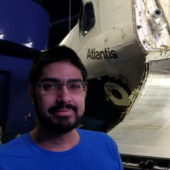Galaxy Formation, Intergalactic Medium, Active Galactic Nuclei, Galaxy-Black Hole Coevolution, Galaxy Clusters, Early Universe, Dark Matter
Image Credit: X-ray: NASA/CXC/MSSL/R.Soria et al, Optical: AURA/Gemini OBs
The most obvious large structures in the Universe are the galaxies, which over the span of cosmic time have been the nexus for both the evolution of stars and large-scale structure in the Universe. CIERA researchers are engaged in understanding both the evolution of the galaxies and the environments they are embedded in, as well as the stellar populations they are comprised of and the supermassive black holes they host.
Research at CIERA
CIERA researchers work on understanding the origins of structure in the Universe. Professor Faucher-Giguère’s group develops sophisticated cosmological hydrodynamic simulations of galaxy formation. The simulations are used to answer a wide variety of science questions, including how star formation is regulated in galaxies, how galaxies interact with the circum-galactic medium and the intergalactic medium, and how galaxies and their black holes co-evolve.
Opportunities
Deadline: 11:59pm, December 31, 2025
CIERA supports a wide range of interdisciplinary projects focused on research, education, and public outreach in Astrophysics. Our faculty and postdocs work on projects that couple astronomy and astrophysics analysis with many other disciplines: computer science, applied math, planetary sciences, electrical engineering, mechanical engineering, data science, science education, and more. Many have hired/mentored undergraduate researchers
News
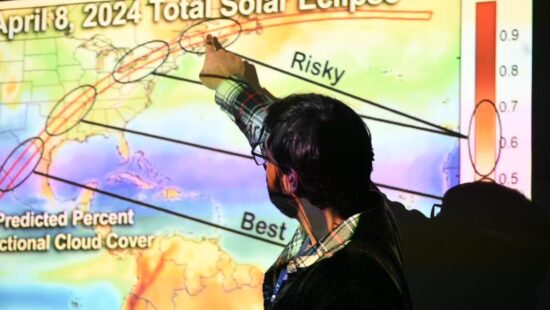
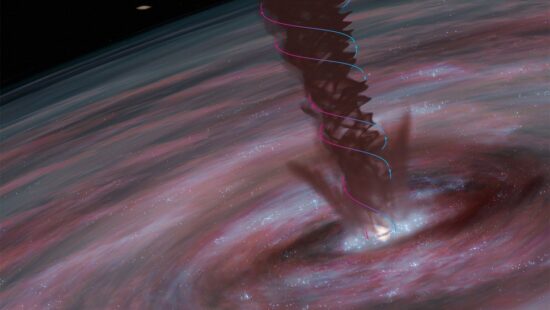
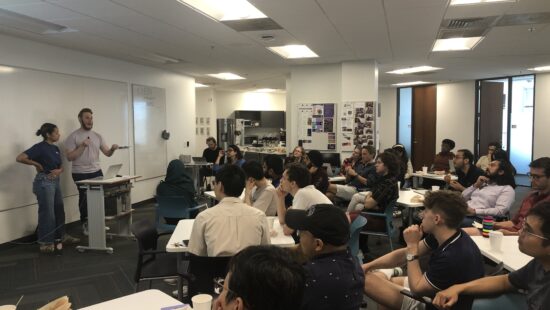
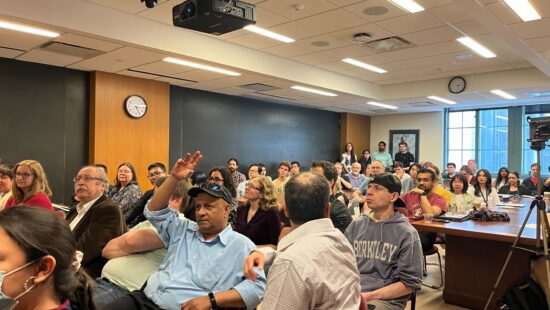
Gallery
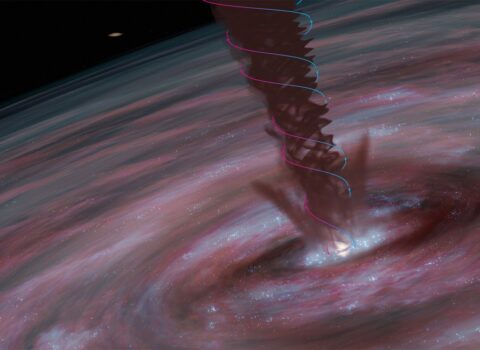
Dense, swirling winds help supermassive black holes grow
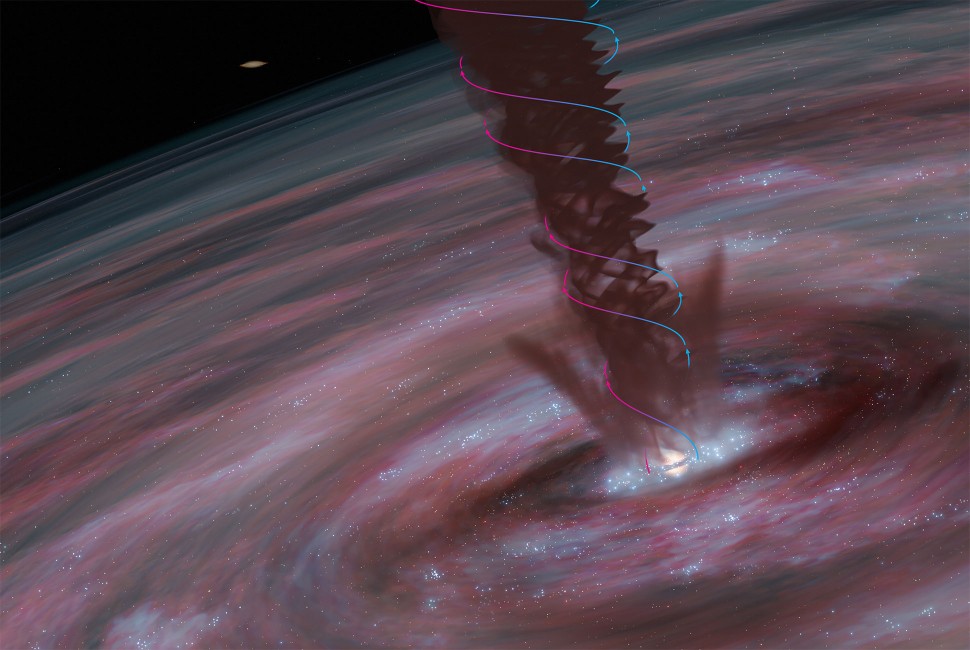
Dense, swirling winds help supermassive black holes grow
By studying nearby galaxy ESO320-G030, a team of international astronomers led by CIERA Postdoctoral Fellow Mark Gorski has discovered extremely dense and powerful rotating, magnetic winds help the galaxy’s central supermassive black hole grow. This image, created by CIERA Professor Aaron Geller, depicts this phenomenon. The process is strikingly similar to the birth of new
M. D. Gorski/Aaron M. Geller
- Science
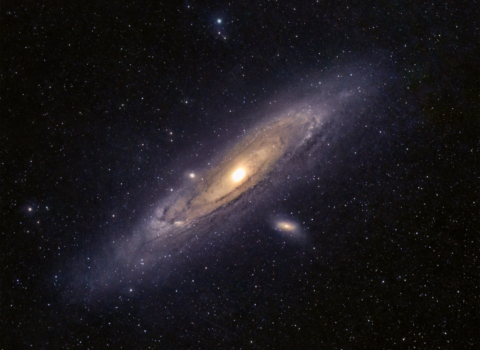
Andromeda in 5 minutes
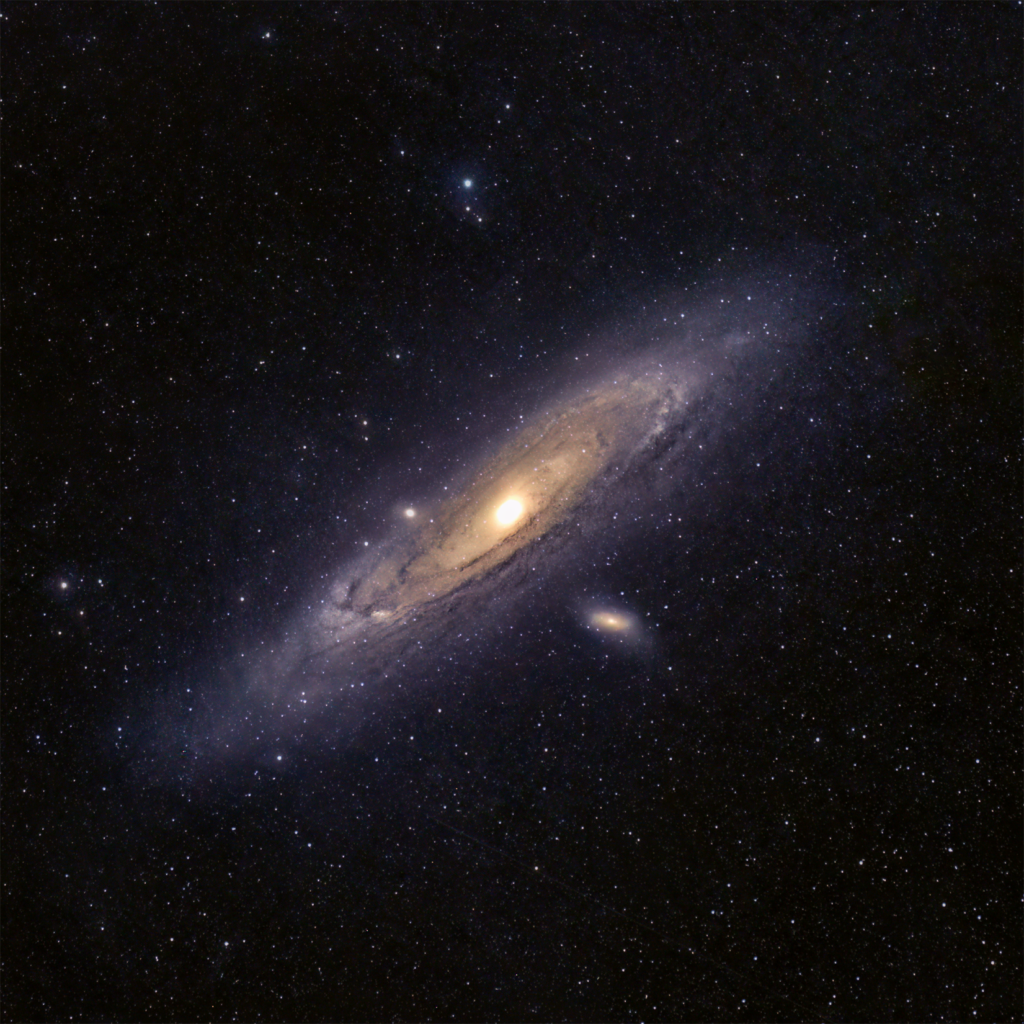
Andromeda in 5 minutes
This is a single photo of the Andromeda Galaxy (M31) taken by CIERA graduate student Imran Sultan from the darkest skies in America. Astrophotographers typically “stack” hundreds of photos together to reveal faint detail in images, but the sky here was so dark that just one five minute exposure was enough. Sultan shot the photo
Imran Sultan/Northwestern/CIERA
- Science
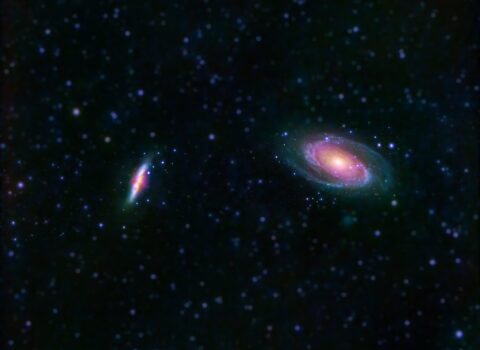
M81 and M82
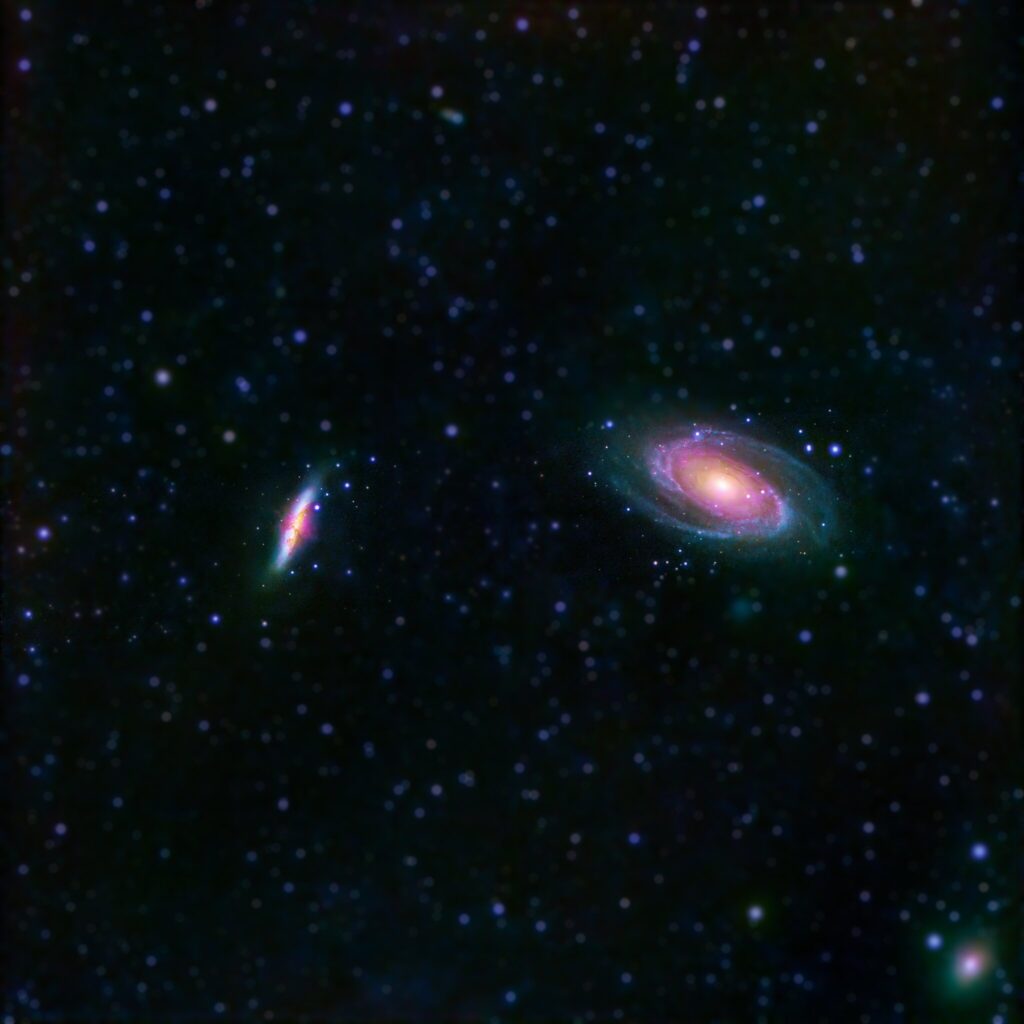
M81 and M82
In our sky, close to the handle of the Big Dipper are the two galaxies M81 (Bode’s Galaxy, right) and M82 (Cigar Galaxy, left). These are two of the closest galaxies to our own Milky Way and two of the brightest galaxies in our sky that can be observed with amateur telescopes. Photographer and CIERA
Imran Sultan/Northwestern/CIERA
- Science
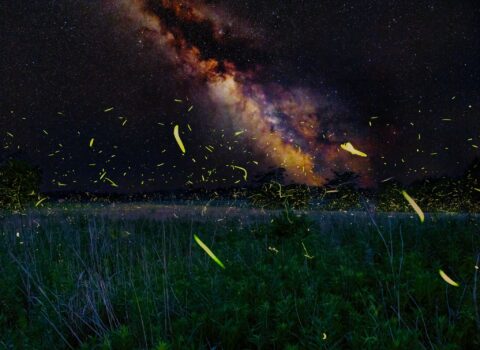
Dance of fireflies in the core of the Milky Way
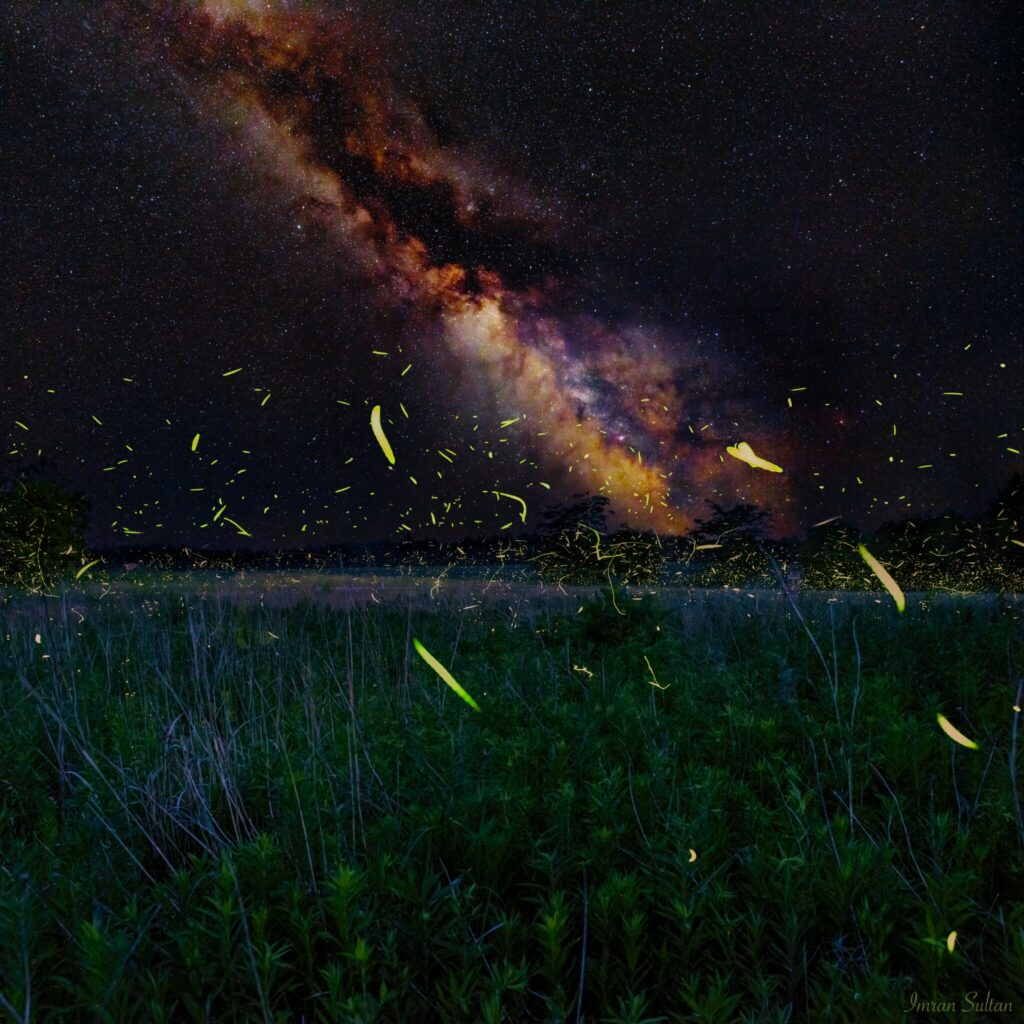
Dance of fireflies in the core of the Milky Way
While visiting a dark sky park during mid June of 2023 to see the Milky Way core rise in the summer night sky, photographer and CIERA graduate student Imran Sultan got a rare treat: an incalculable number of fireflies had recently emerged in the central Illinois forest preserve. The dance of the terrestrial and celestial
Imran Sultan/Northwestern/CIERA
- Science
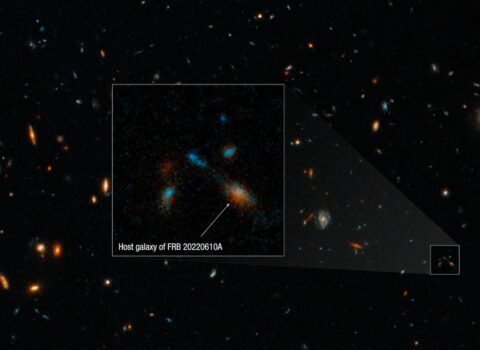
‘Blob-like’ home of farthest-known fast radio burst is collection of seven galaxies
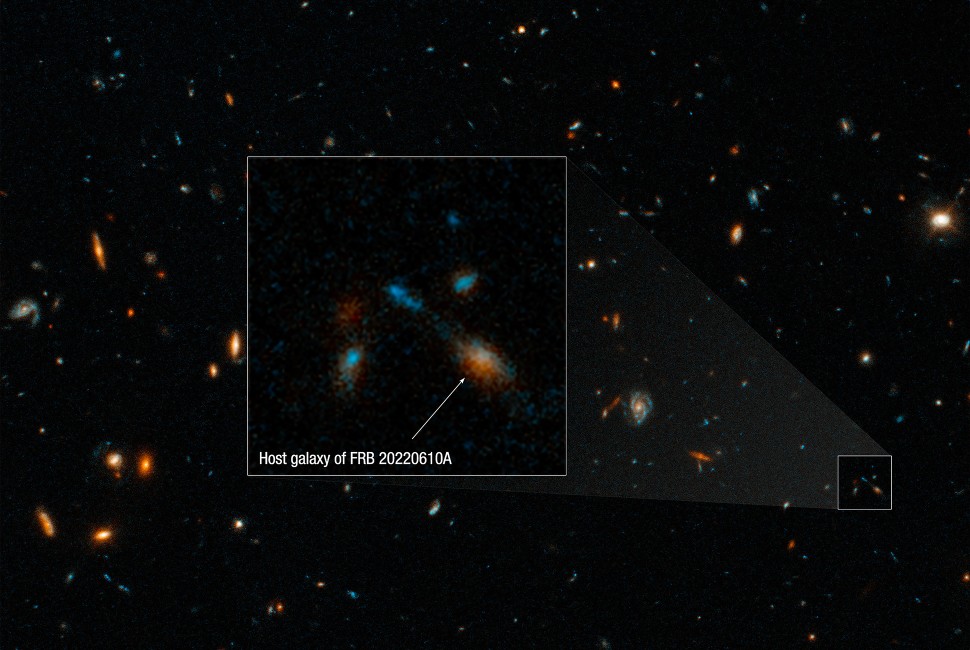
‘Blob-like’ home of farthest-known fast radio burst is collection of seven galaxies
A Hubble Space Telescope image of the host galaxy of an exceptionally powerful fast radio burst, FRB 20220610A. In summer 2022, astronomers detected the most powerful fast radio burst (FRB) ever observed. And coming from a location that dates halfway back to the Big Bang, it also was the farthest known FRB spotted to date.
NASA, ESA, STScI, Alexa Gordon (Northwestern)
- Science
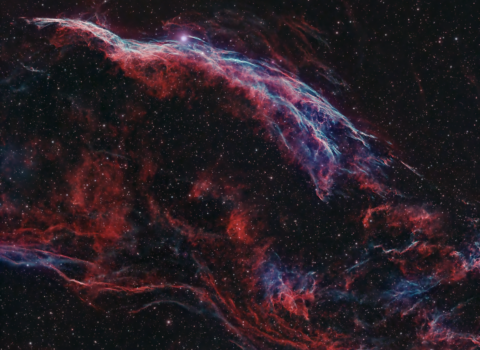
Western Veil Nebula photographed by Imran Sultan
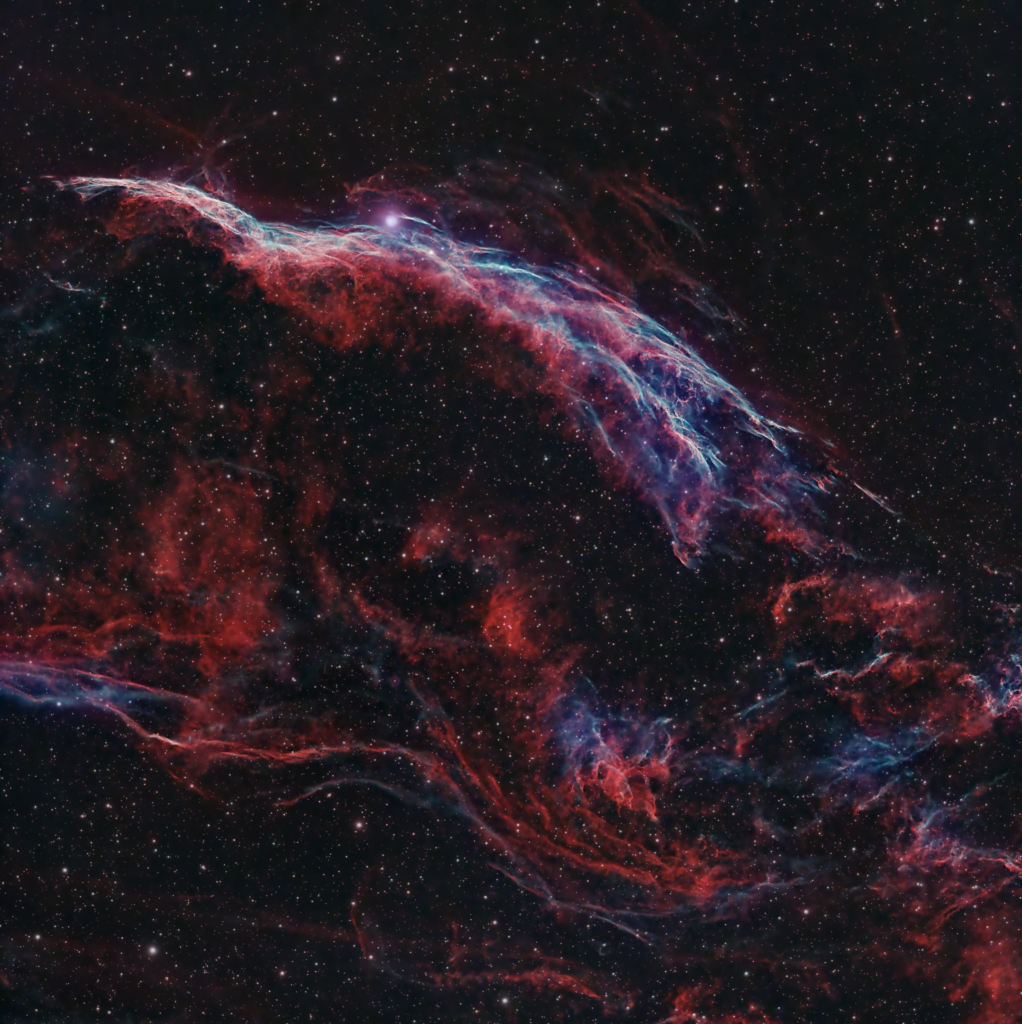
Western Veil Nebula photographed by Imran Sultan
The colorful Western Veil Nebula, photographed by graduate student and CIERA member Imran Sultan, is a stunning remnant left behind from the explosion of a massive star 10,000 to 20,000 years ago. Located 2,100 light-years away, the nebula resides within the constellation Cygnus (the Swan). Sultan’s photo of the Western Veil Nebula won first place in
Imran Sultan
- Interdisciplinary,
- Outreach,
- Achievement
People
Core Faculty

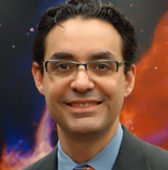
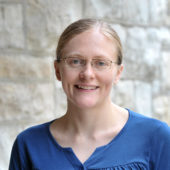
Kari Frank
Director of Operations of CIERA, Research Assistant Professor


Shane L. Larson
Research Professor, Associate Director of CIERA


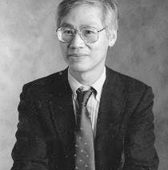


Associate Faculty

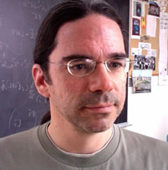

External Faculty

Sarah Wellons
Visiting Scholar, Assistant Professor of Astronomy at Wesleyan
Postdocs







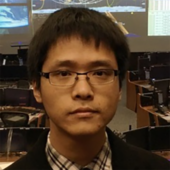
Graduate Students




















